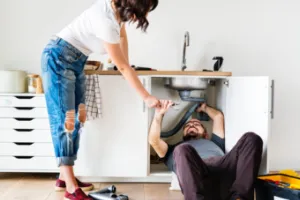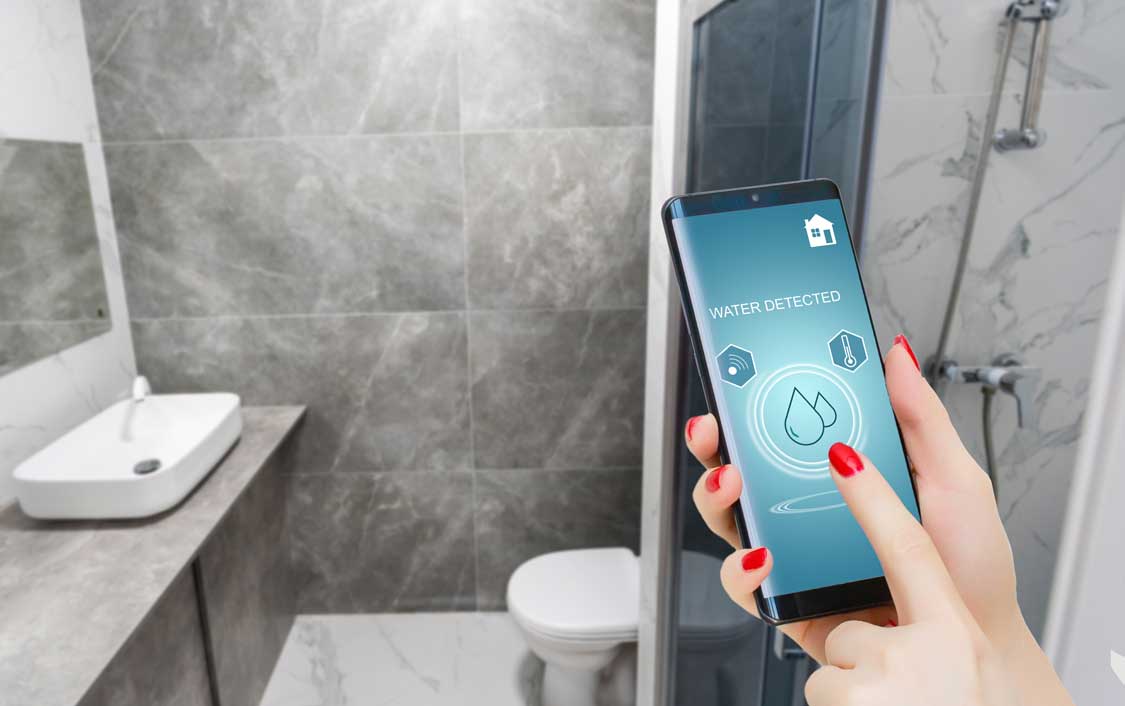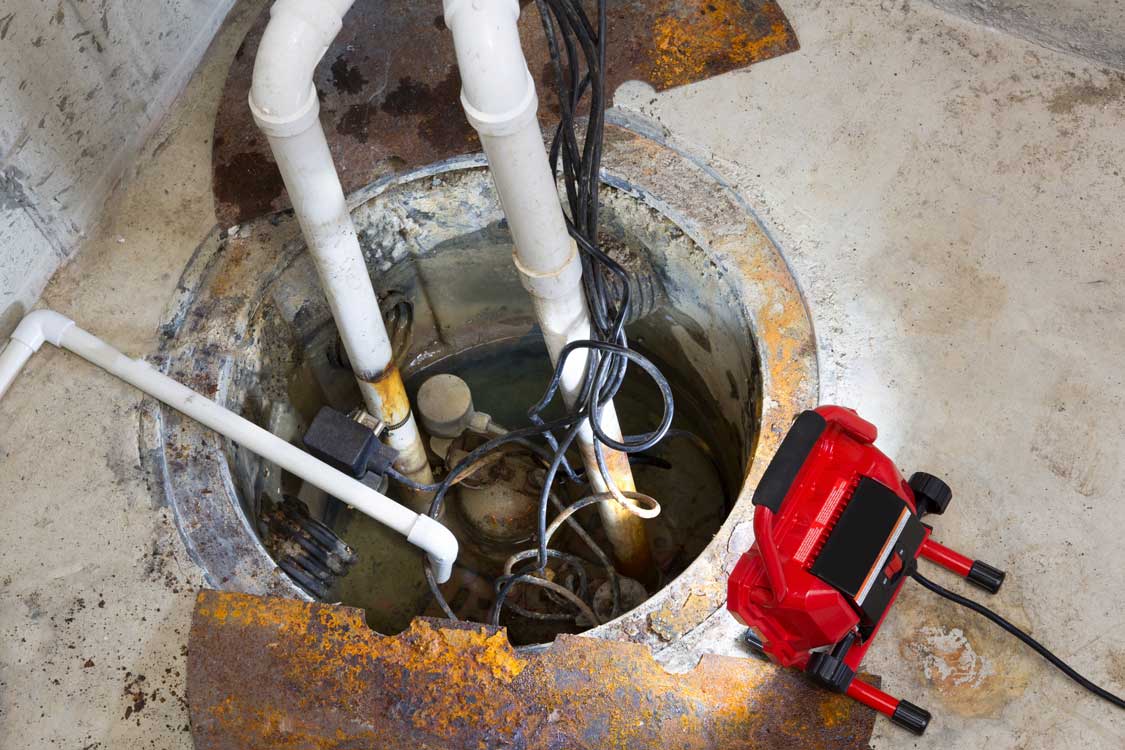Need to fix a clogged a toilet or unclog your sink drain? Want to improve the efficiency of your water heater?
If you’re not sure where to start with your plumbing projects, these essential plumbing tips will get you headed in the right direction!
Table of Contents
Fix a Leaky Faucet
Leaky faucets are not only an annoyance, but also a waste of water and money. If you’re prepared with a few tools and some knowledge, however, you can easily fix any leaky faucet in no time at all.
Clean the Water Lines
When a faucet stops working, it’s usually because of a build-up of mineral deposits (aka, hard water). To clean out your water lines and ensure a long lifespan for your fixtures, all you need is vinegar and a few minutes. Simply run some vinegar through each tap—one line at a time—by pouring or placing it in a pitcher. Once finished, wait 30 minutes to an hour before turning on your taps again.
Replace an S-Shaped Flange
S-shaped flanges are found in most older homes. If one is broken or missing, it’s an easy and inexpensive fix. All you need to replace one is a screwdriver, a new S-shaped flange, and some plumber’s putty. Once you have everything on hand, replacing an S-shaped flange should take less than 30 minutes. Here’s how:
- Shut off water supply
- Find where your old flange was attached. The more accessible it is, the easier it will be to remove later
- Use a flathead screwdriver to pry up any caulk around where your old flange was attached
- Stick a thin piece of wood (like a popsicle stick) between any pipe joints that still have caulk around them—this will help make sure no dirt seeps into them after you’ve removed your flange 5. Use pliers to grab hold of your old flange and pull it up
- Remove any pipes from your S-shaped flange
- Use some plumber’s putty to secure the new S-shaped flange on top of where your old one was attached
- Replace your pipes onto their respective positions on top of your new S-shaped flange
- Turn your water supply back on and check for leaks and make sure all of your caulk is working by running some water through every joint
Toilet Flapper Replacement
Your toilet flapper is a rubber disk that floats on top of your toilet’s water tank. When you flush, it opens up to let out water, but after a certain period of time it shuts back down so no more water escapes. While flappers are designed to last for a long time, they eventually need to be replaced; plus, some older models use outdated mechanisms that can only be fixed with a replacement flapper.
Replace a Washer on a Kitchen Sink Faucet
The washer on your kitchen sink faucet is one of those things that will ultimately require replacement. This process isn’t overly complicated, but you do need to follow a few steps in order to successfully complete it. And because most people don’t deal with replacing a kitchen sink faucet washer too often, it can be difficult to know what exactly needs to be done.
When Can I Install a New Faucet
Before installing a new faucet, you should consult with your local building department. In general, though, if your existing faucet is over ten years old and/or has a pull-out spray head and/or ADA modifications, there’s probably a good reason to replace it. You may also want to replace an old faucet if you are unhappy with its performance or functionality.
Replacing an Old Washing Machine Drain Line
When you buy a new washing machine, it’s always a good idea to upgrade your old drain line as well. This can prevent flooding later on down the road.
Avoiding Slow Drains in Bathtubs and Sinks
Bathtubs and sinks tend to be lower-pressure fixtures than other plumbing lines in your home, so they can sometimes become clogged by hair, soap scum, or small pieces of non-biodegradable material that get lodged into the line. The good news is you don’t have to call a plumber if your drain is slow—there are a few things you can do on your own. First, try plunging it. If that doesn’t work, try pouring a boiling hot cup of white vinegar followed immediately by an ice cold cup of water; this shock treatment may dislodge whatever has been blocking your line. If neither techniques work, it might be time to give professional a call!
Gotta Clog? Call the Dog!
These tips will help you tackle your plumbing projects head on. With these 8 essential plumbing tips every homeowner should know, you can save time and money. Use them to avoid costly mistakes or call a professional like Bulldog Rooter to get things done right.
Whatever way you go about it, knowing how to deal with plumbing issues is an important skill for homeowners. It helps ensure that your home is safe and running smoothly from all angles – and prevents small problems from turning into larger ones down the road!







